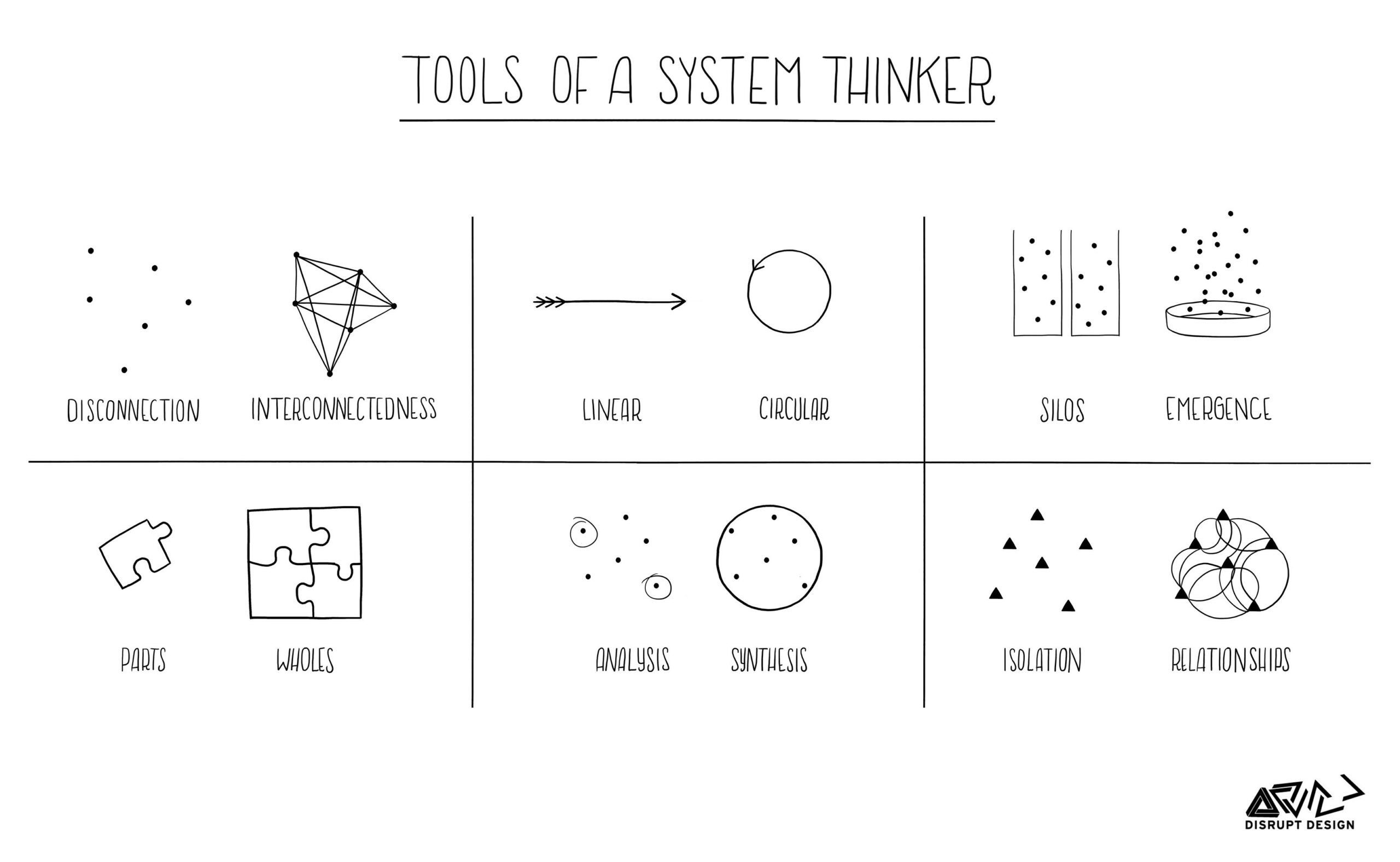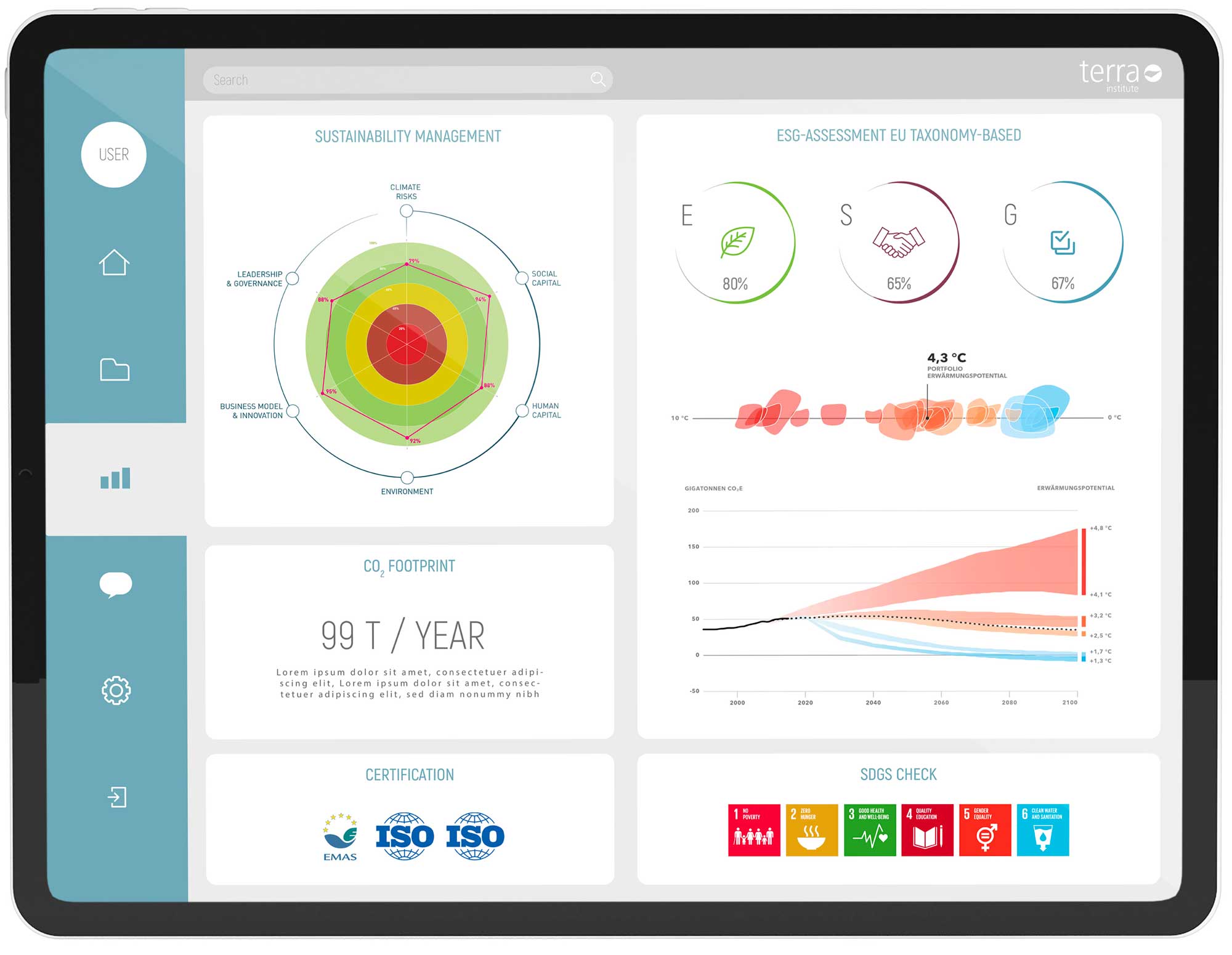These two standards are part of the efforts to implement the European Union’s Corporate Sustainability Reporting Directive (CSRD) in order to improve and standardise sustainability reporting by small and medium-sized enterprises (SMEs).
The draft VSME provides a voluntary framework for non-listed SMEs to respond efficiently to sustainability requests from business partners. It aims to increase the transparency and reliability of sustainability reports.
SCOPE AND CONTENT OF VSME
The VSME is aimed at unlisted companies that are defined as SMEs in accordance with Directive 2013/34/EU and do not exceed two of the following three criteria
- A balance sheet total of 25 million euros.
- A net turnover of 50 million euros.
- Less than 250 employees on an annual average.
LSMEs do not apply to these company sizes, meaning that the voluntary reporting standards of the VSME can be applied.
Fig. 1: Overview of company sizes and the reporting standards that affect them
*Public Interest Entities (PIEs): Typically includes credit institutions, insurance companies, listed companies and others designated by a member state based on their size, type of business or number of employees.
STRUCTURE OF THE VSME
The VSME consists of three modules: the Basic Module, the Narrative Performance, Actions and Target (PAT) Module and the Business Partners (BP) Module.
BASIC MODULE
The Basic Module forms the basic framework of the VSME and sets out general principles for sustainability reporting. It includes basic reporting requirements, such as the presentation of corporate governance, material sustainability practices and their impact on corporate performance. The basic module of the VSME draft is specifically designed for micro-enterprises and does not require a materiality analysis.
Companies must specify the module used, the application level and their subsidiaries. They must also briefly describe specific strategies for the transition to a more sustainable economy, if available. They must also disclose their total energy consumption, gross greenhouse gas emissions, quantities of pollutants, water consumption and extraction, waste and resource management and social aspects. They can also add qualitative and quantitative information to customise reporting to their specific needs.
NARRATIVE PERFORMANCE AND TARGET (PAT) MODULE
The PAT module encourages companies to present their sustainability goals, measures and performance in a narrative context and to set clear targets. It expands on the basic module and is intended for companies that already have formal sustainability guidelines but are not subject to CSRD reporting requirements . A materiality analysis in accordance with the VSME draft standard is required to disclose relevant sustainability information. Companies must explain how they address material sustainability aspects, including energy efficiency and greenhouse gas reduction measures as well as social aspects, anti-corruption and governance practices.
BUSINESS PARTNERS MODULE
The business partners module emphasises relationships with business partners and their impact on the company’s sustainability performance. It requires disclosures on supply chains, the selection and monitoring of business partners and their involvement in sustainability practices. It expands the disclosures of the Basic Module with additional data relevant to lenders, investors and business partners. Companies must provide information on the transition plan to mitigate climate change, potential financial impacts of climate risks, hazardous waste management and compliance with international standards such as the UN Guiding Principles on Business and Human Rights.
APPLICATION OPPORTUNITIES OF THE 3 MODULES
Fig. 2: The four possible combinations for reporting within the VSME
PRINCIPLE OF DOUBLE MATERIALITY IN THE VSME
The VSME standard requires companies to assess the severity of the impacts of their activities on the environment and society. Severity is defined by the extent, duration and irreversibility of the impact. Companies must evaluate the potential long-term and short-term impacts of their business activities and disclose this information in their sustainability report.
IMPLEMENTATION STEPS
INITIAL ASSESSMENT TAKING INTO ACCOUNT DOUBLE MATERIALITY
The aim of the initial assessment is to capture and evaluate the current state of the company’s sustainability practices and reporting, with a particular focus on the concept of double materiality. This concept requires companies to consider both the impact of their activities on the environment and society and the impact of environmental and social issues on the company itself.
Extended action plan:
- Collection of analyses and reports on external and internal environmental and social impacts
- Review of existing practices and double materiality
- Interviews and workshops with key employees
The final report should present the assessment of double materiality, identify gaps and propose measures to close them. It should also include an implementation plan with timeframes and responsibilities for integrating dual materiality into company practices.
WHAT DATA IS REQUIRED FOR THE VSME?
General company information:
- Company profile, locations and material business activities.
- Information on material changes during the reporting period.
Governance data:
- Corporate management and control, composition and role of governing bodies.
Environmental data:
- Energy consumption and energy sources
- Greenhouse gas emissions, waste generation and water consumption.
- Preparation of a greenhouse gas balance according to Scope 1, 2 and 3 is recommended in the VSME standard, but is not mandatory. Companies decide for themselves to what extent they include these in their reporting.
Social data:
- Labour practices, employee health and safety.
- Human rights, community engagement and local impacts.
Supply chain data:
- Supplier practices and performance in relation to environmental and social standards.
PREPARATION OF THE SUSTAINABILITY REPORT
The sustainability report should be prepared correctly and completely in accordance with the standard and published on the company website to enable transparency and effective evaluation by stakeholders. External assurance is not mandatory for the VSME standard, but is recommended to increase credibility. These measures help companies to avoid regulatory sanctions and strengthen the trust of investors, customers and other stakeholders.
FUTURE DEVELOPMENTS AND TRENDS
The VSME is currently still an EFRAG draft . From June, however, it will be revised, adopted by the European Commission, the Parliament and the Council and then published with binding effect.
The introduction of VSME marks progress in sustainability reporting for SMEs and promotes harmonisation and effective communication of sustainability goals. The consideration of dual materiality enables a comprehensive assessment of environmental and social impacts. The standards provide a structured framework, improve risk management and strengthen stakeholder relationships through detailed ESG reporting. Future developments could include integration with international frameworks, technological advances for data analysis and an increased focus on climate change and biodiversity. Companies should remain proactive, keep abreast of changes and adapt internal processes to increase long-term shareholder value and position themselves as responsible actors.
ATTENTION: In the meantime, some changes have been published – click here for the VSME update.

Margit Holzhammer Lawyer, long-time director of a hospital, CSR lecturer at various universities, and CSR and sustainability consultant at Terra Institute. Her focus industries are healthcare, banking, and tourism. Margit heads the Terra office in Innsbruck.










